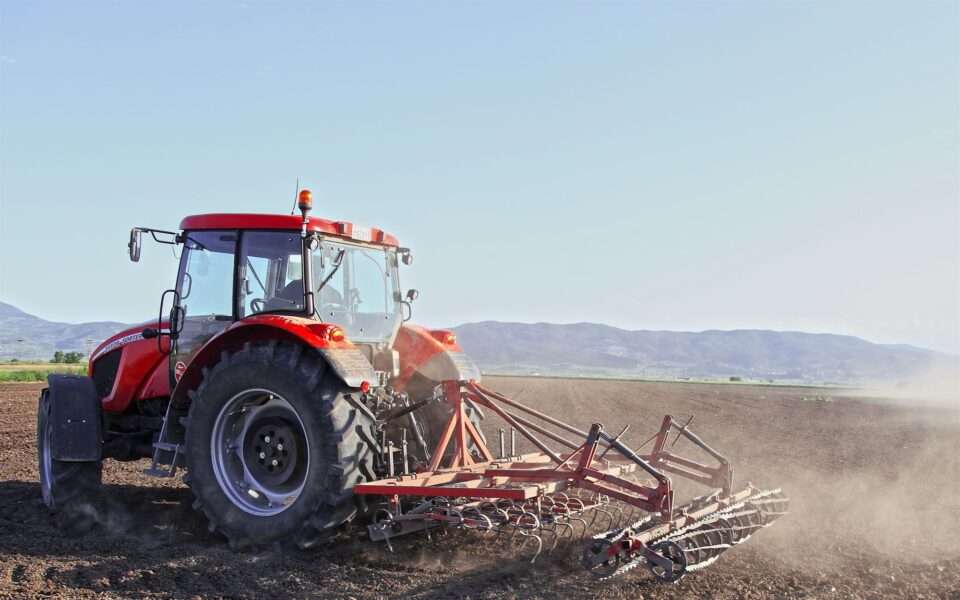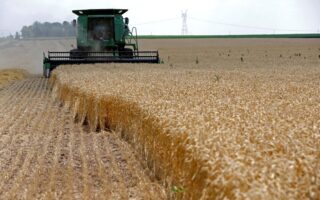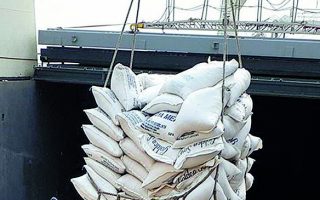Primary sector challenges

Two-fifths of Greek land is used for the production of agricultural products, but in most supermarkets, the tomatoes have been brought in from Belgium, while many hotels in Crete – an island rich in fruit, vegetables, cheese and, of course, olive oil – are likely to serve an “English” breakfast.
The story of the enormous untapped potential of the Greek agri-food sector is well known and has been spoken of extensively. Apart from what most consumers experience in supermarkets or on their holidays, the official data, as presented in a recent study by Dianeosis titled “Prospects and Opportunities for the Primary Sector in Greece” also reveal a series of imbalances in the domestic primary sector.
In the past decade, 2020 was the first year when the balance of trade in agricultural products was positive, mainly thanks to the surplus in the balance of processed products. Yet while the value of agricultural exports to third countries exceeds imports, the exact opposite occurs with the European Union. Although two-thirds of exports go to EU markets, Greece still has a negative balance in all sub-categories (raw materials, food preparations, beverages non-food products).
Another imbalance concerns subsidy distribution and whether farming multiplies income as a business activity. Over 70% of funds from the Common Agricultural Policy correspond to direct subsidies, while the number of beneficiaries is also large, as 88% of farms receive aid (against 59% at the EU-27 level ). Dependence on subsidies is evident, as direct support constitutes almost a third of the income of contributors in agriculture, and the distribution is not ideal, since a fifth of the beneficiaries receive over half of the subsidies.
Some of the strategic recommendations from study’s authors, Marianna Skylakaki and Theodoros Benos, are :
a. Certification of Greek products as well as branding initiatives (distinctive mark) so that they acquire added value and are recognized internationally.
b. Strengthening collaborations between producers and with the other links of the value chain by improving the institutional framework for cooperatives and providing incentives.
c. Creating a user friendly platform that will encourage cooperation, extroversion, innovation and market orientation.





